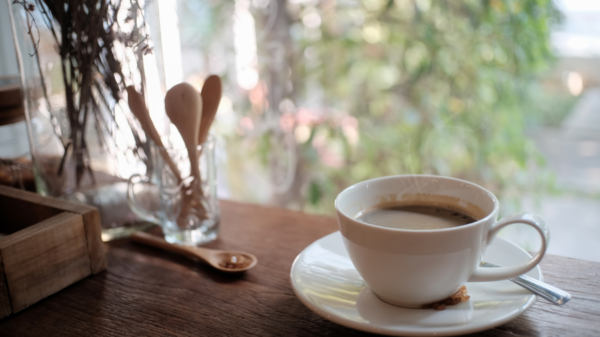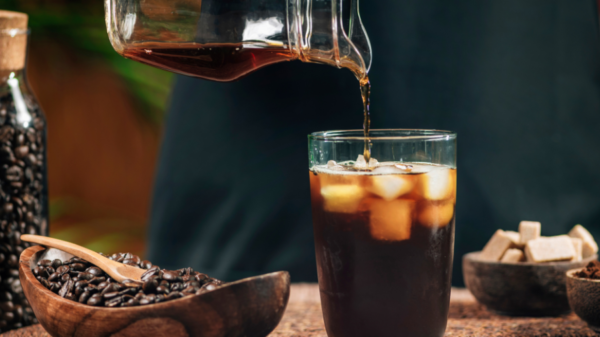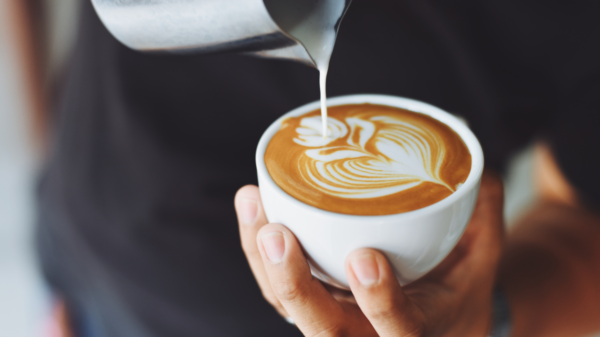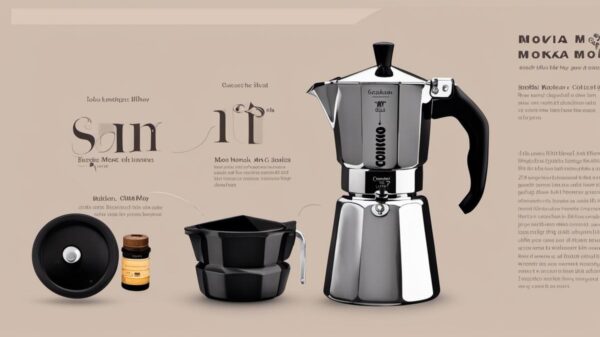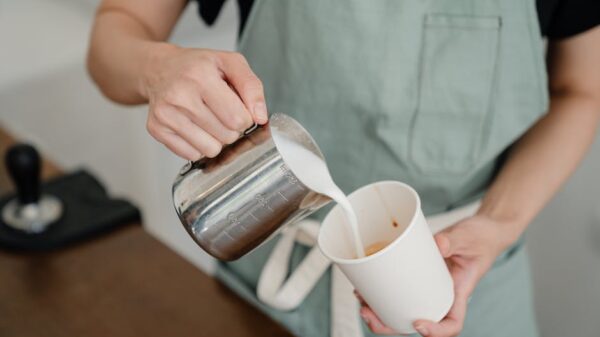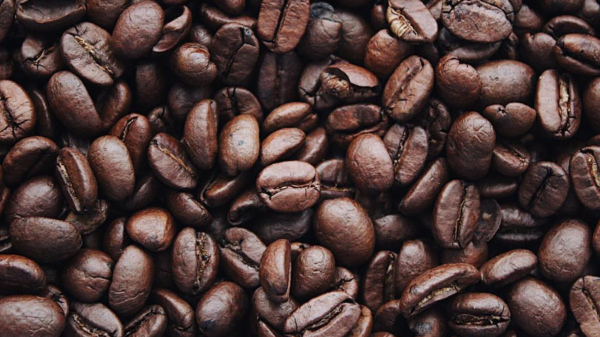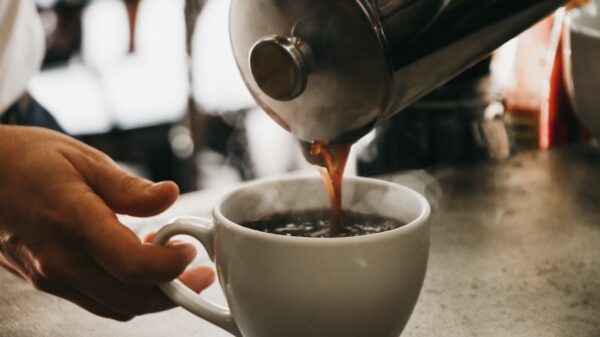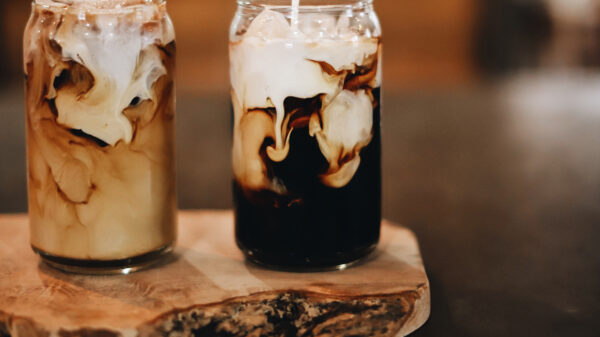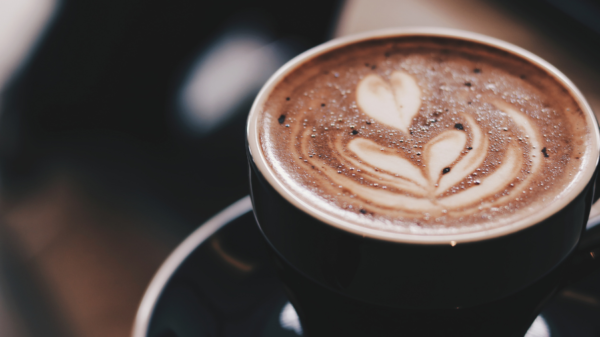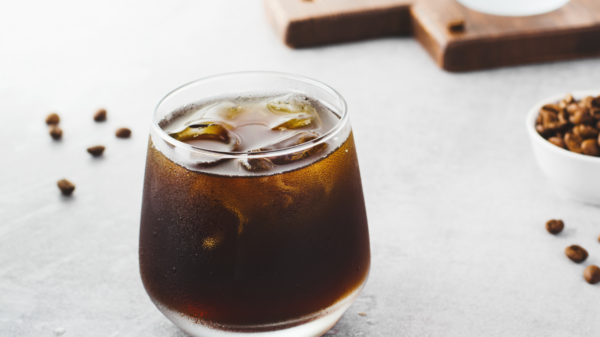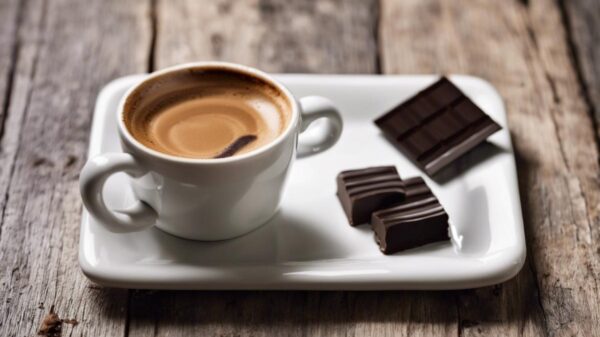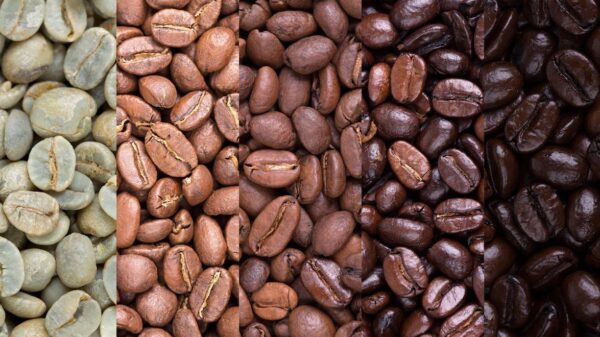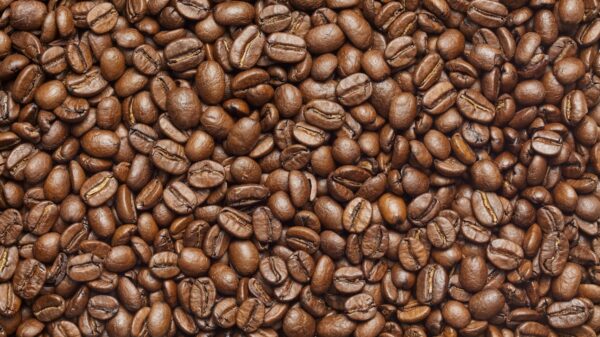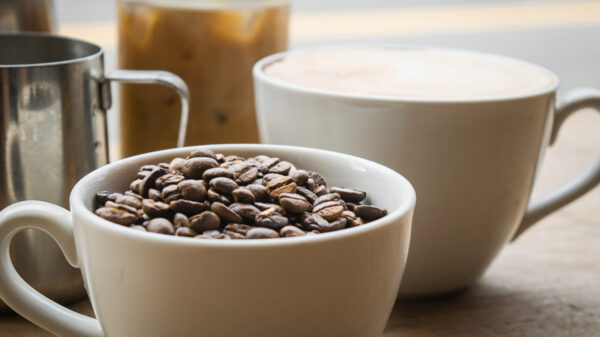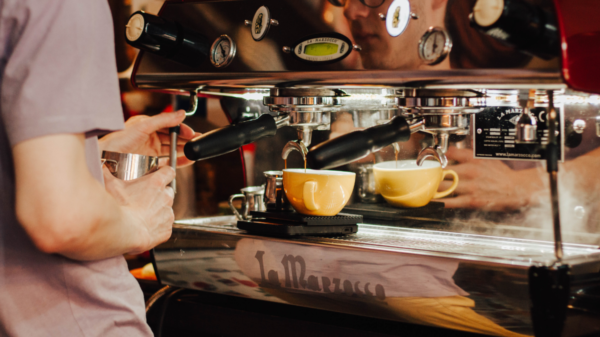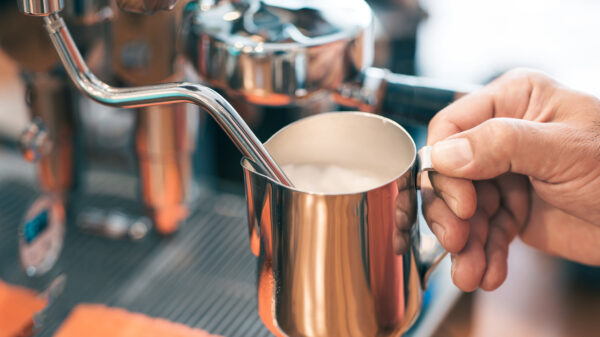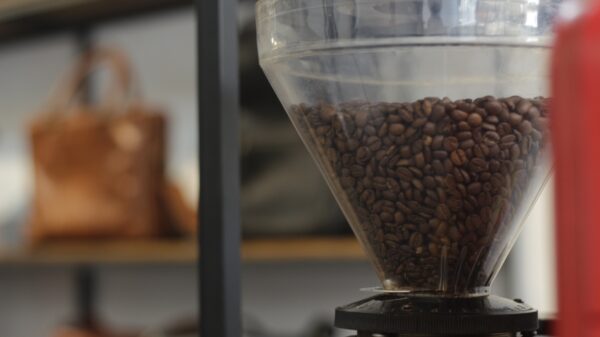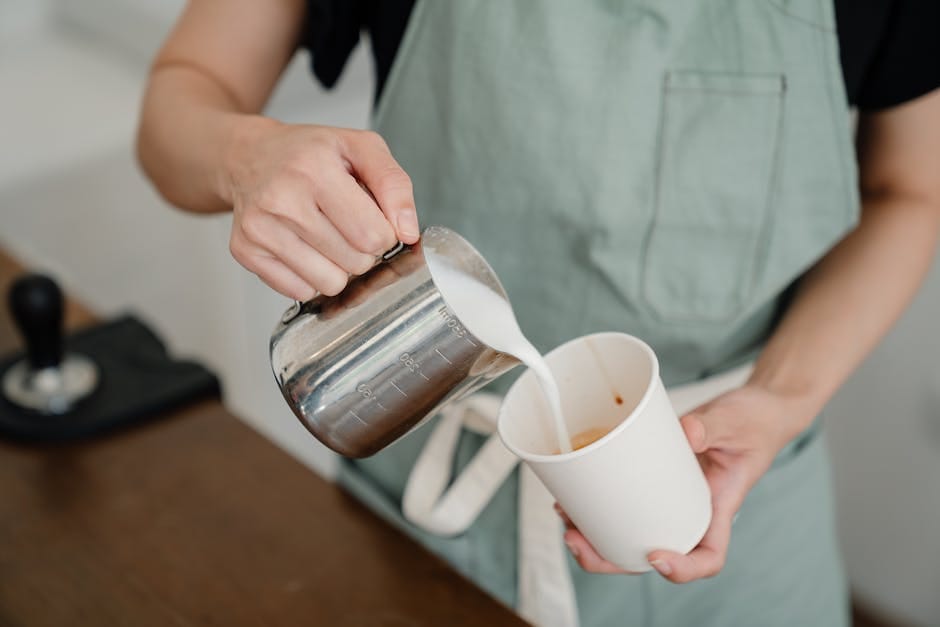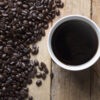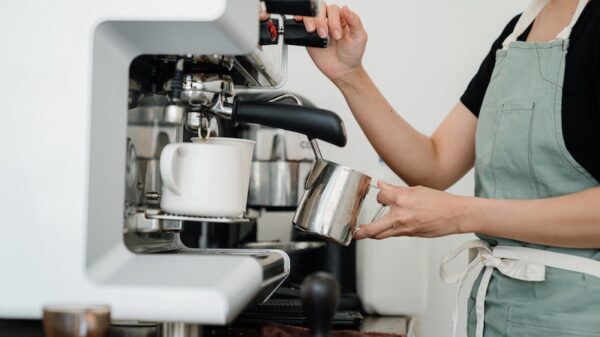Master the Art of How To Make a Flat White Coffee at Home
As a coffee enthusiast, venturing into the realm of at-home barista can be an exciting journey, ripe with opportunities to deepen your appreciation for this rich, stimulating beverage. Whether you’re a novice or an experienced coffee maker, crafting a delicious, restaurant-quality flat white coffee at home is a skill worth pursuing. Delving deeply into the intricacies of understanding and choosing your coffee, then taking an intimate look into mastering the fundamental tool of coffee brewing, the espresso machine, will empower you to create the perfect flat white. Finally, perfecting the milk texture, a key component distinguishing a flat white from other coffee beverages, will enable you to recreate the authentic coffee experience in the comfort of your own home. So let’s get started and learn how to make a flat white coffee!
Understanding and Choosing Your Coffee
Pouring A Perfect Flat White: The Remarkable Role of Coffee Beans
As sheer coffee enthusiasts, it’s only right that we grind down to the heart of the matter of brewing a perfect cup, specifically when contemplating the artful ballet of espresso and milk — the flat white. All coffee lovers can agree that a sumptuous flat white is unparalleled anytime, anywhere. Yet, the question remains: What type of coffee beans are best for knowing how to make a flat white coffee?
Let’s dive into the answer. The flat white, hailing from the far-off shores of Australia and New Zealand, possesses certain unique characteristics that require specific coffee beans to fully bring out the flavor. Imagine riding a cloud of velvety microfoam whilst swimming through rich, intense espresso shores, and you’ll know what a bite of heaven tastes like.
For a delectable flat white, the paramount criteria are the texture and the body of the coffee. It’s all about striking that balance with the creamy steamed milk, allowing for the flavor of the coffee to be undisputed and unadulterated. Therefore, medium to dark-roast coffee beans are the preferred choice. These roasts are robust in flavor, have a fuller body, and a stronger coffee presence, enabling them to hold their own in the mix.
However, in this culinary world of ours, origins matter just as much as flavor. Coffee beans from Latin America, particularly those originating from Colombia, Costa Rica, and Brazil, possess chocolatey, nutty, or sugar cane-like notes that harmonize beautifully with the milk in a flat white.
Picture the Colombia Narino Supremo beans, capturing the taste of rich nuttiness and cocoa, which pairs exceptionally well with the creamy texture of the dairy. Brazilian coffee, another favorite among flat white enthusiasts, is renowned for its chocolatey and nutty undertones, subtly adding a layer of sweetness that complements the bold milk-infused drink.
But, let’s not forget about the often overlooked, yet amazing Asian coffee beans. The buttery, earthy tones in coffees originating from Sumatra are treasured for the creaminess they add to the flat white, providing a full-bodied flavor profile that compliments the drink superbly.
If you’re a fan of a multi-layered flavor experience, you could consider blending beans from various regions. This might involve mixing beans from Brazil with those from Ethiopia, for instance, allowing you to experience the sweetness of one balanced out by the berry-like acidity of another.
In essence, the best coffee beans for a flat white are robust, full-bodied, medium to dark roasts preferably from regions like Colombia, Costa Rica, Brazil, or Sumatra. However, the joy of exploring new flavors and perfecting your brew also lies in experimentation. The magic in a kitchen, or in this case the coffee corner, is found by playing around with different coffee beans, tasting, testing, and above all, relishing in the beauty of finding that blend that sparks joy with every sip. Happy brewing!

Mastering the Espresso Machine For How To Make A Flat White Coffee
Stepping Foot into the World of Home Espresso Brewing
Diving headfirst into perfecting your flat white creation, via home espresso machine usage, can feel a tad daunting. Fear not, it is truly an art. One that possesses the power to unite us all over a gustatory experience that transcends borders and cultures. It’s time to get intimate with your beloved espresso machine and make that rich, incredible cup that you seek.
Before anything else, an espresso machine necessitates regular maintenance and cleanliness. A golden rule often overseen by many, yet it determines the quality and taste of the coffee. Ensuring that all parts are cleansed post and pre-brewing will prevent bitter or odd flavors from marring your perfectly crafted flat white.
There is an unsung hero in the journey of creating a heavenly flat white, and that’s your grinder. It’s best to use a burr grinder, as the uniform grind size it produces allows for optimal extraction. The fineness of the grind influences the espresso’s taste – a very fine grind can create a bitter flavor, while a coarse grind might yield a flat, under-extracted espresso. It’s a delicate ballet of finding the perfect grind size.
Dosing matters as well. This refers to the amount of coffee that goes into the portafilter for each shot of espresso. A common approach is 18-20 grams of coffee for a double shot. Tamp the coffee grounds evenly in the portafilter, balancing out the grounds to ensure an even extraction.
When it comes to extraction, time is essential. Ideal espresso extraction takes about 20-30 seconds. If your espresso is extracting too quickly, you might need to adjust the grind size to be finer or increase your dosing. Conversely, if the extraction seems to drag on an eternity, a coarser grind size or smaller dose might be necessary.
The parallel task, which is equally as vital, is to texture the milk. Skip skim or fat-free milk and go straight for whole milk. The fat included provides a creamier, smoother texture – ideal for a perfect flat white. The goal of milk frothing is to reach a velvet-like texture by introducing the right amount of air and heat.
Froth the milk until it reaches around 150 degrees Fahrenheit. Remember, this is not the time to multi-task. Your undivided attention is required to avoid scorching the milk. The result should be silky, with a light layer of foam on top. Gently swirl the jug to mix the milk and froth for a consistent texture throughout.
And now, the final act – pouring! Pour your beautifully textured milk into the heart of your espresso in a steady stream. If you’ve done it correctly, you’ll see a lovely blend of light brown tones encircled by the darker espresso crema, the quintessential mark of a delicious flat white.
Whatever the challenges thrown at you during this journey of learning how to make a flat white coffee, remember that performance and taste are a lifelong learning process. Continue to tweak, adjust, and experiment with different parameters to find what pleases your palate the most. To taste a cup of coffee you’ve prepared yourself is to savor the shared joy of food and connection – one sip at a time. You can also surprise your friends with your newfound knowledge of how to make a flat white coffee and see what they think!
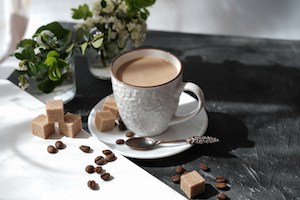
Perfecting the Milk Texture
Venturing into the secret of milk texturizing for that perfect flat white, it’s clearly more than just a simple frothing exercise. Milk texturizing is the pivotal moment that can shape the course of your flat white’s destiny. The padding between the rich espresso and the beautiful, silky milk at the top isn’t just there to satisfy aesthetically; it’s a conduit for the illustrious dance between texture and taste.
The secret behind ideal milk texture is all about perfecting the two-stage process of “stretching” and “texturing”. Keep in mind the two most crucial aspects: temperature and aeration. Achieving that elusive creamy, velvety texture depends on gentle, even heating and just the right amount of air infused into the milk.
“Stretching” is the commencement point of your velvet-textured journey. During this phase, a whirlpool effect is created in the milk by holding the nozzle just under its surface. This introduces air into the milk, causing it to expand, or “stretch”, as bubbles form. It’s a delicate technique to master, as too much air will generate large, fluffy bubbles akin to cappuccino foam, while too little air leaves the milk too liquid and lacking in creaminess for a comforting flat white.
Next, we venture into the temperamental world of “texturing”. Here, the steam wand is submerged deeper into the milk, leaving it to rotate in that whirlpool effect you’ve achieved admirably in the stretching stage. This stage comes with an “auditory menu” of sorts – the right noise is a whispering hiss, implying a gentle heating that breaks down larger bubbles, leading to uniformly textured milk.
Temperature plays a superstar role here. Overheating can destroy not just the texture but the natural sweetness of the milk. Aim for a final temperature between 140-155°F (60-68°C) to preserve the integrity and the luscious, creamy character of your milk. Don’t rely on guesswork. Employ a milk thermometer and let precision be your guiding star.
Finally, do initiate a rapport with your espresso machine. Learn to coax the right texture out of your milk by adjusting the steam wand correctly, cradling the milk jug at the proper tilt, and allowing the steam to kiss the milk at the perfect angle for that smooth whirlpool effect.

Conclusion
To master how to make a flat white coffee, these suggestions are your bread and butter. The magic happens in understanding and harmonizing the delicate interplay between milk texture, temperature, and the sacred process of stretching and texturing. The more one delves into these nuances, the more gratifying the quest becomes. The journey to master the flat white is as fulfilling and magical as the first sip. Keep brewing, keep experimenting. The joy is in the journey as much as the destination!
Immersing yourself in the craftsmanship of how to make a flat white coffee can provide a newfound appreciation for this popular coffee beverage. Expanding your knowledge on selecting and preparing the coffee beans to operate an espresso machine like a pro, every cup of flat white you make will become a satisfyingly personal creation. Not only does perfecting your milk steaming and frothing technique ensure that your flat white is on par with the best coffee shops, but it also allows you to create it at any given time, at the convenience of your home. So, pull up a chair, sip slowly, and savor the fruits of your labor — your luxuriously creamy, beautifully balanced homemade Flat White. Don’t forget to share this article so others can learn how to make a flat white coffee too!

